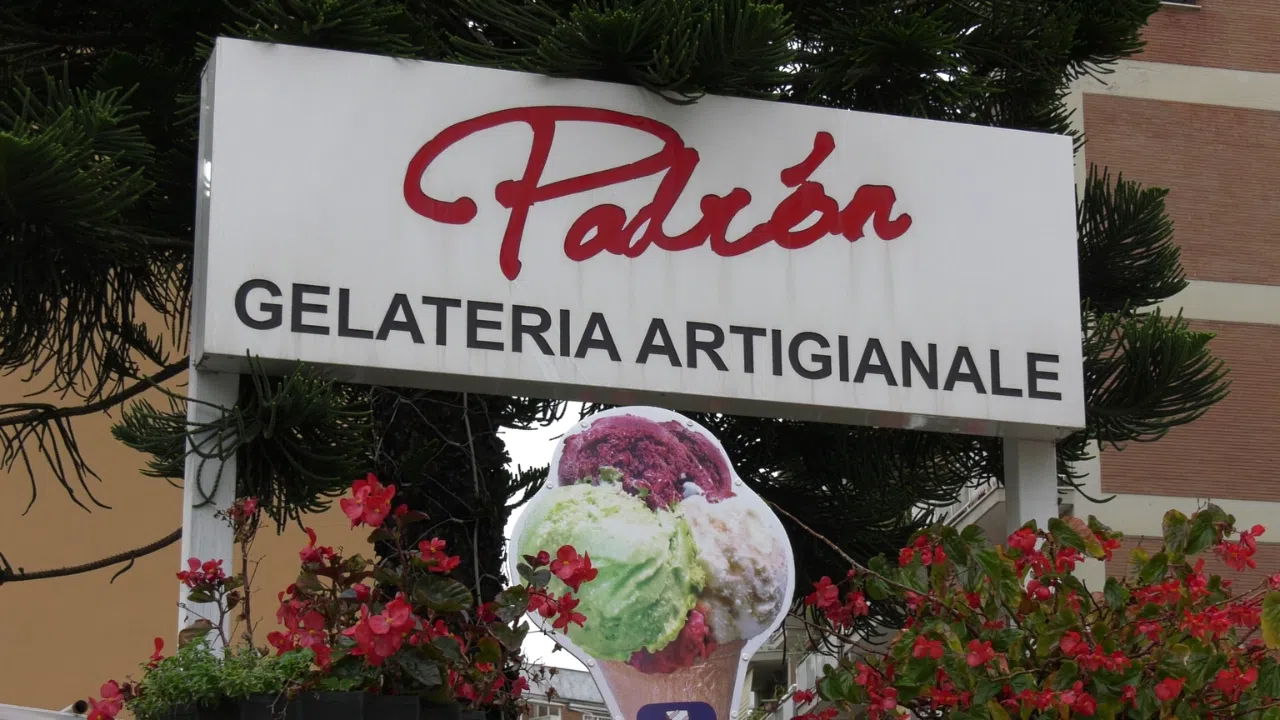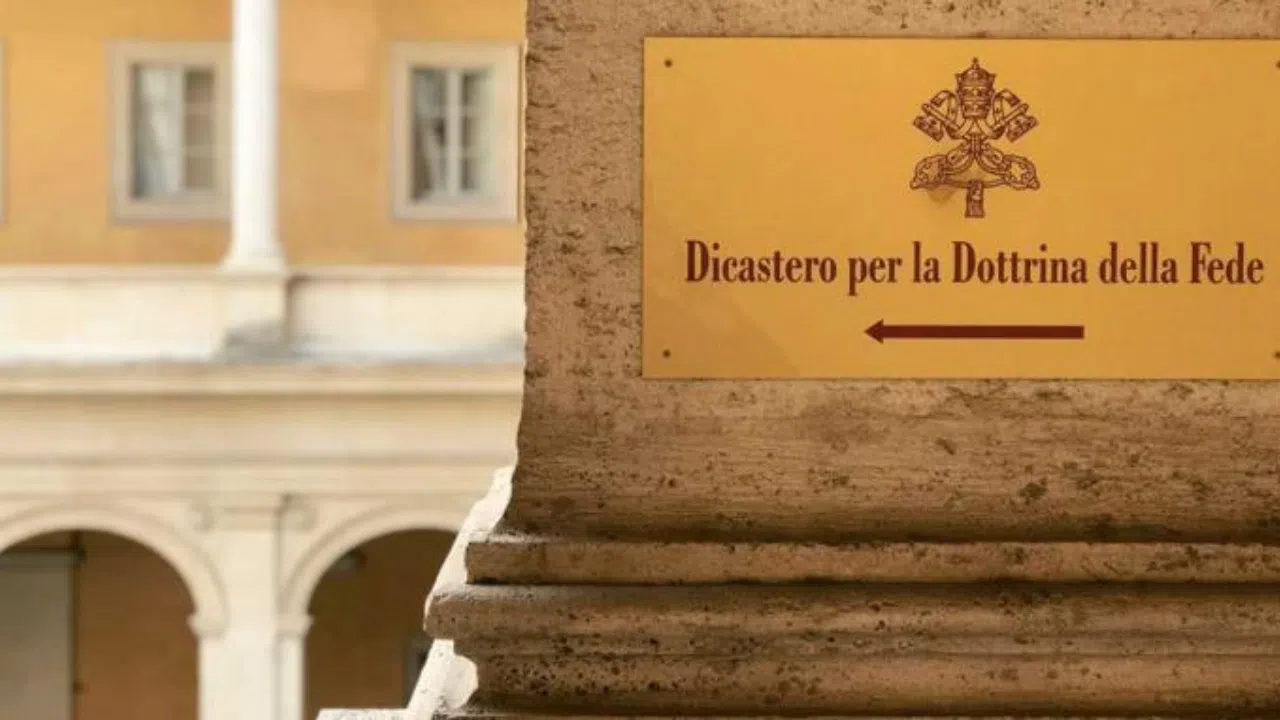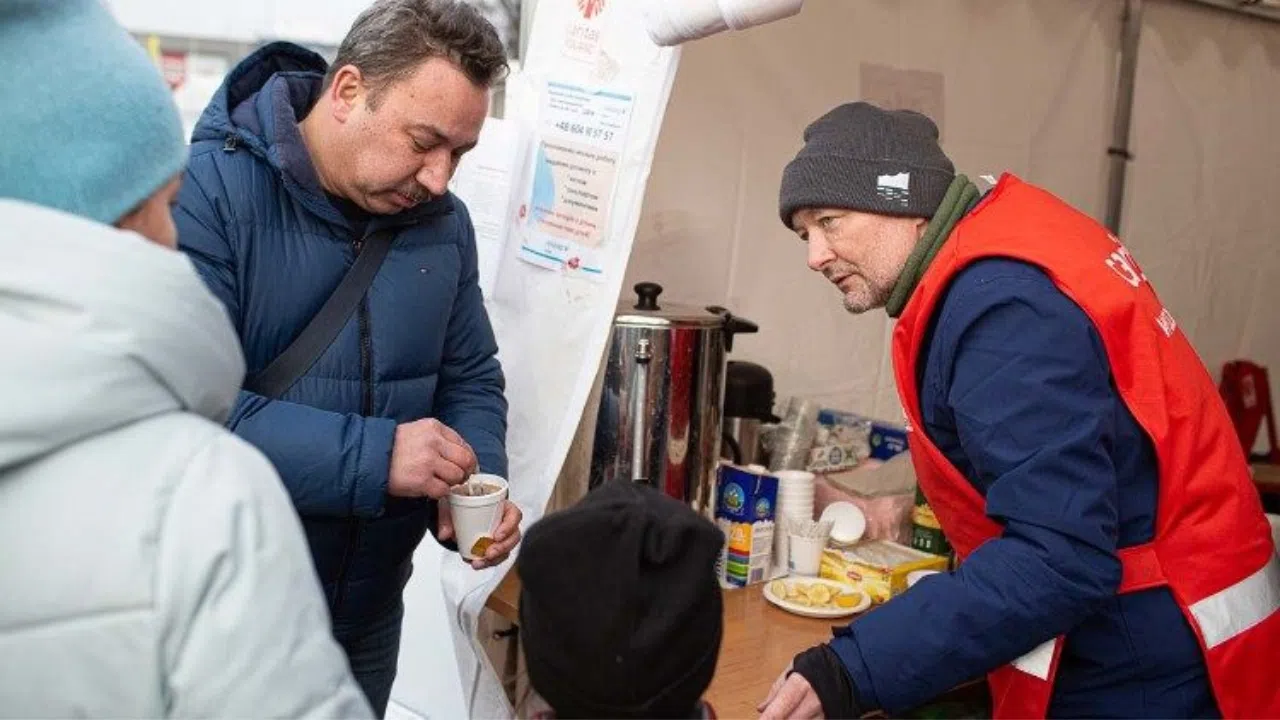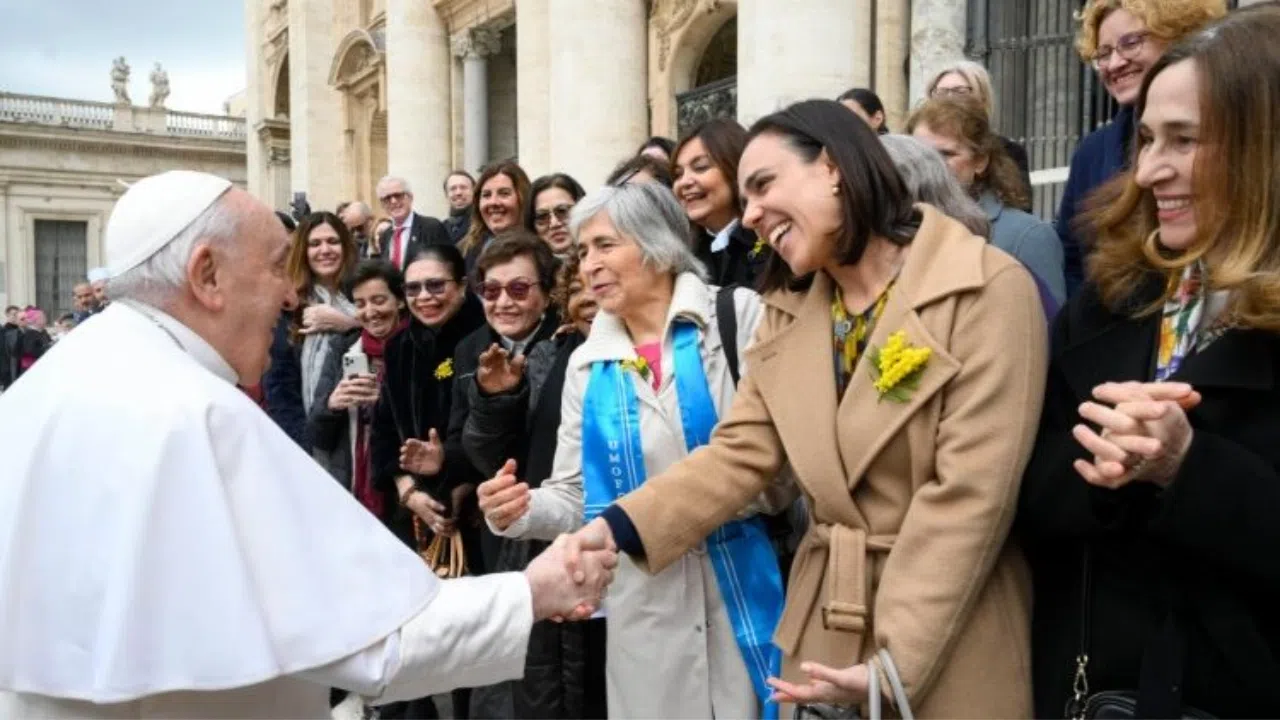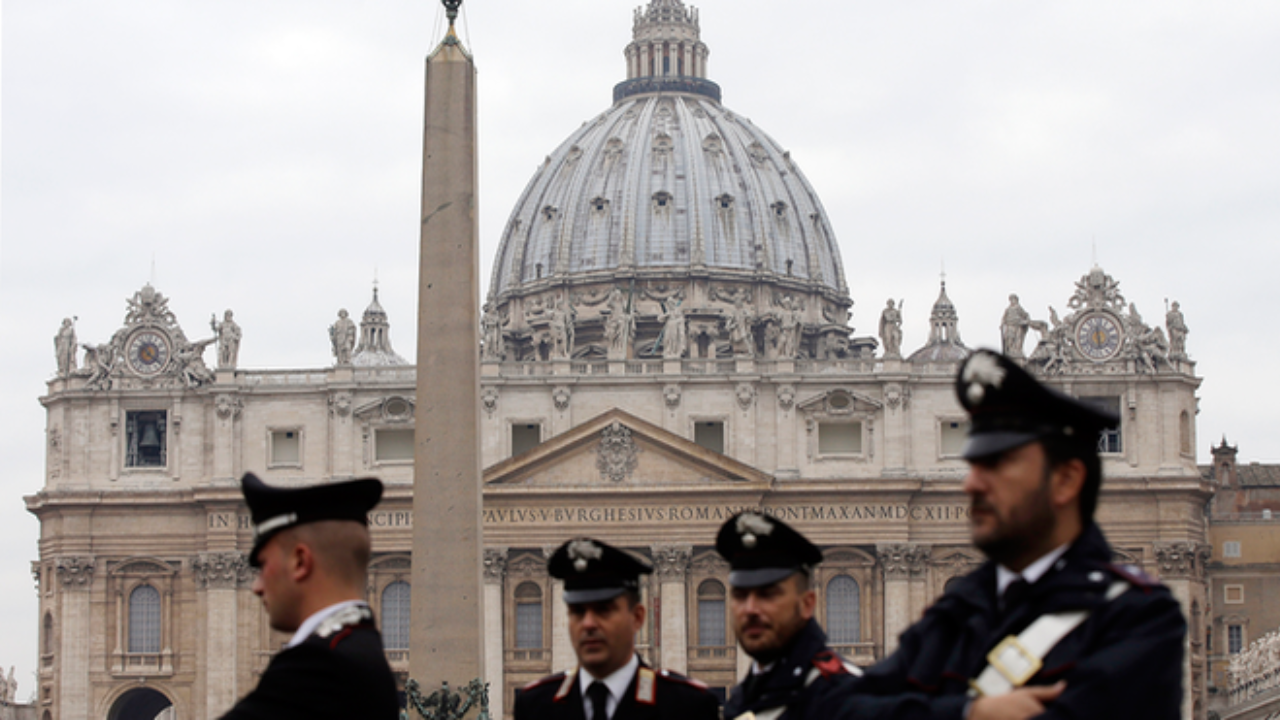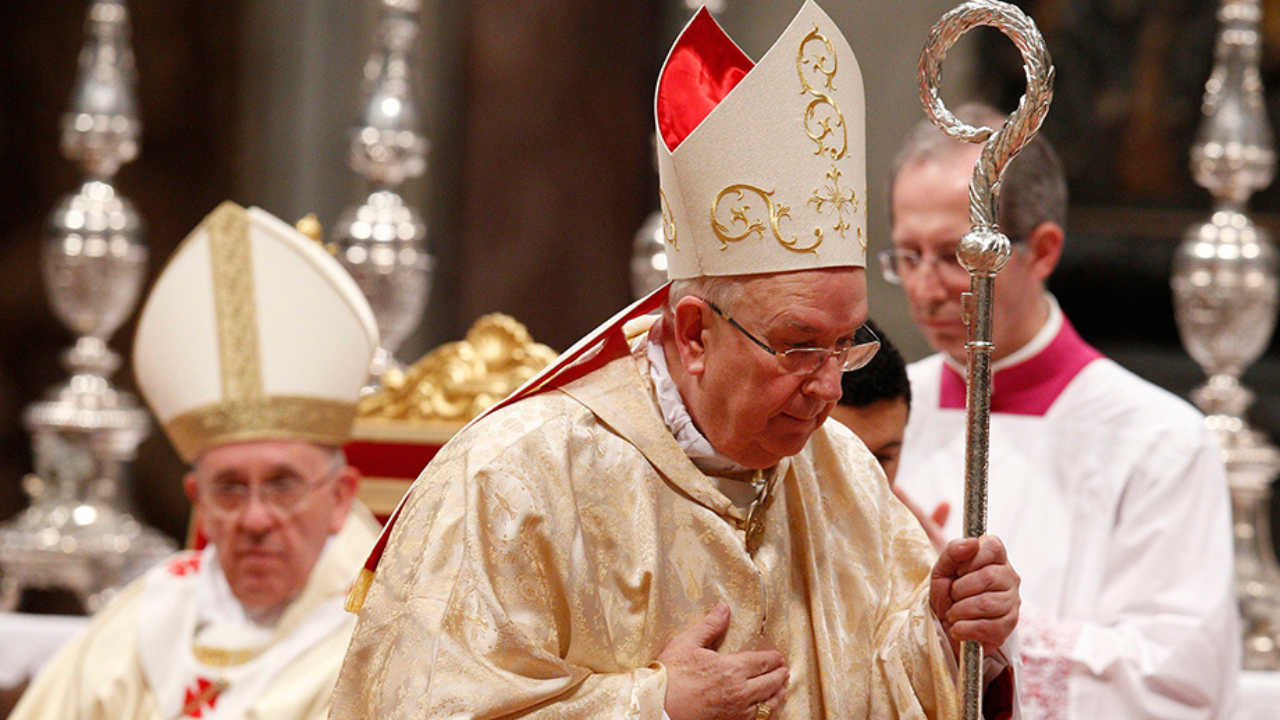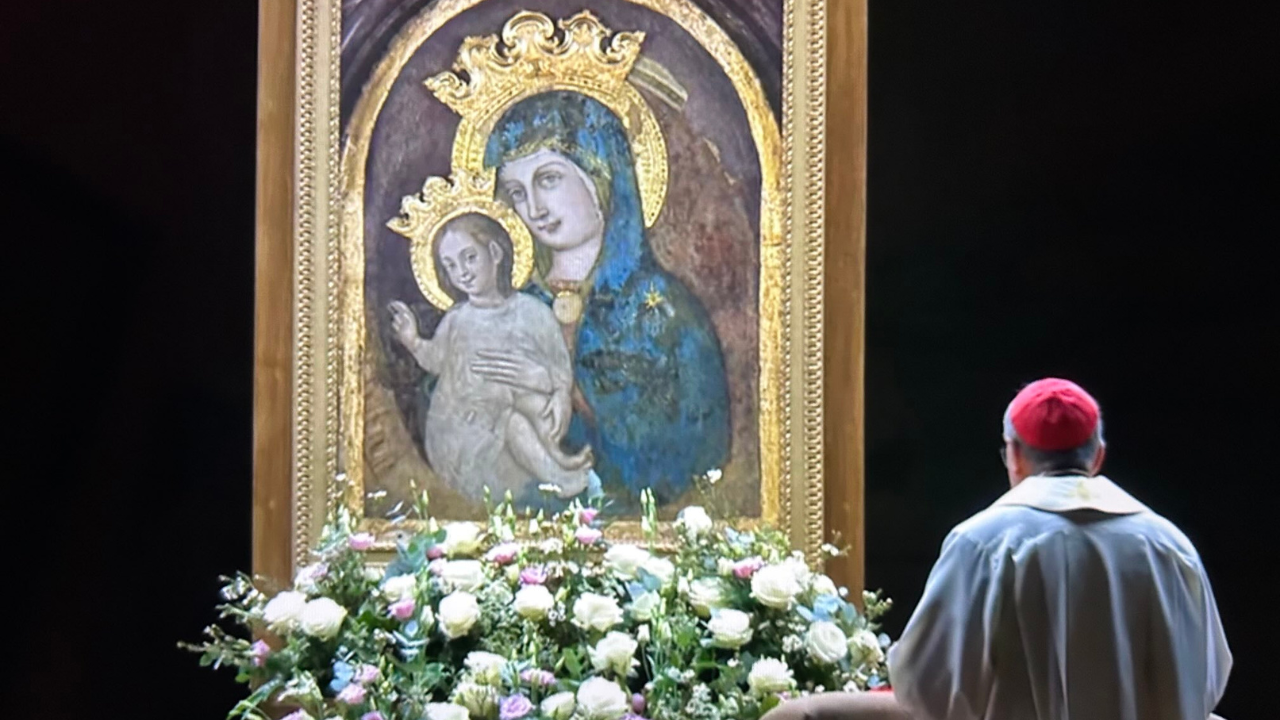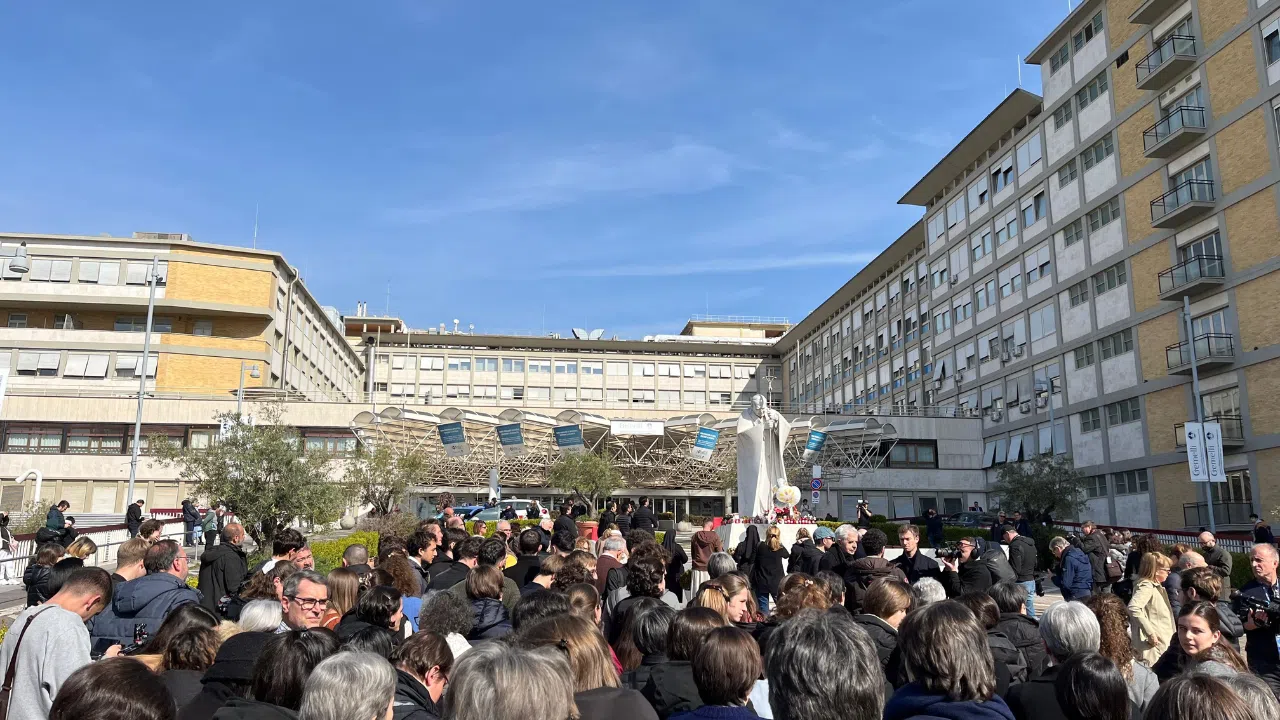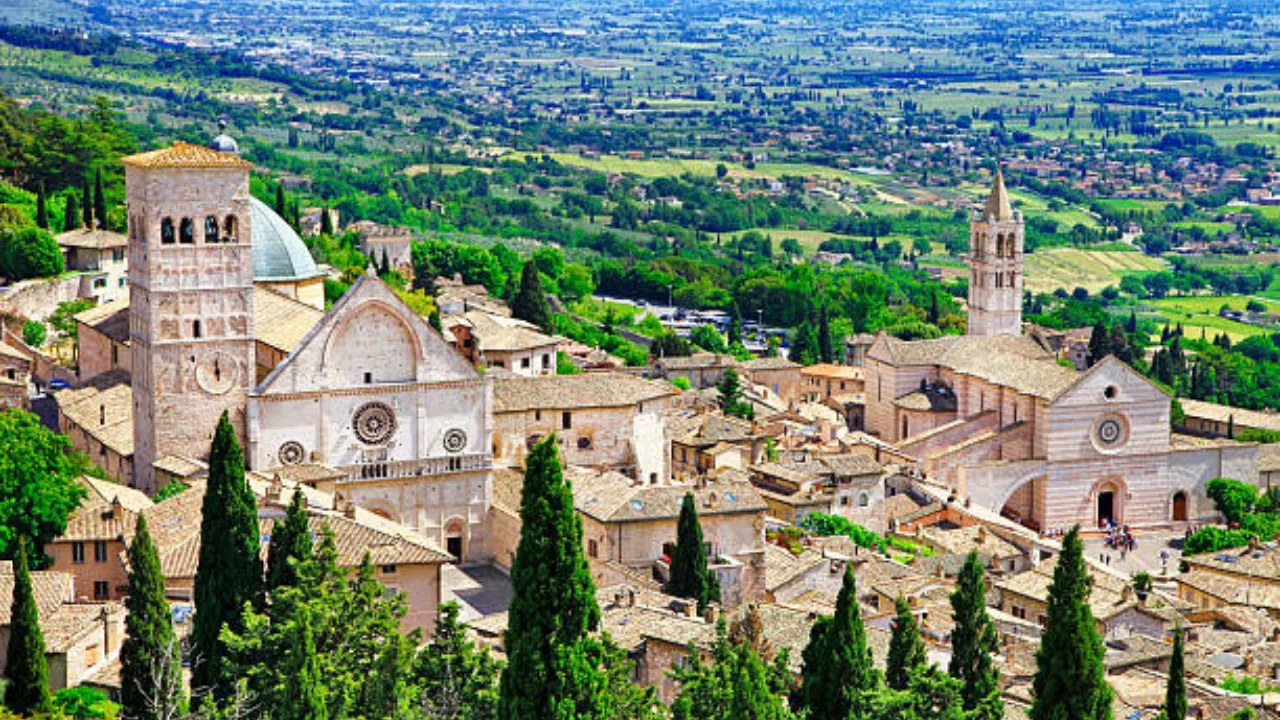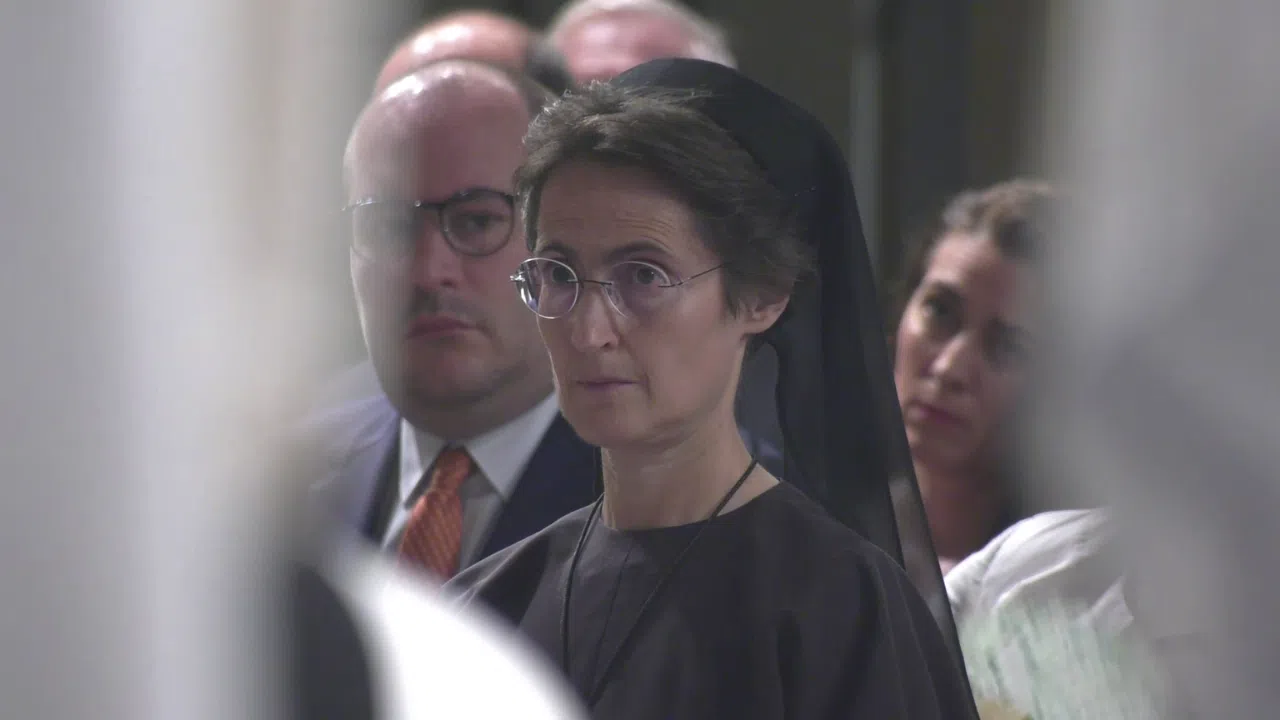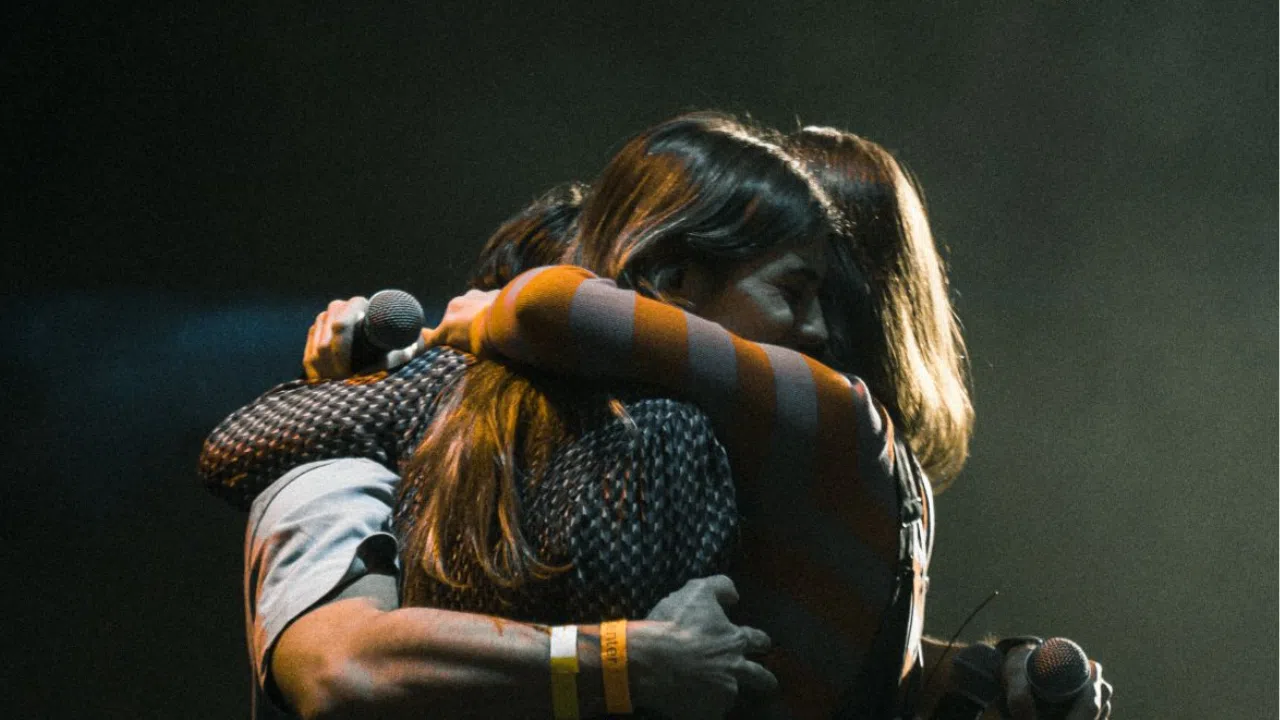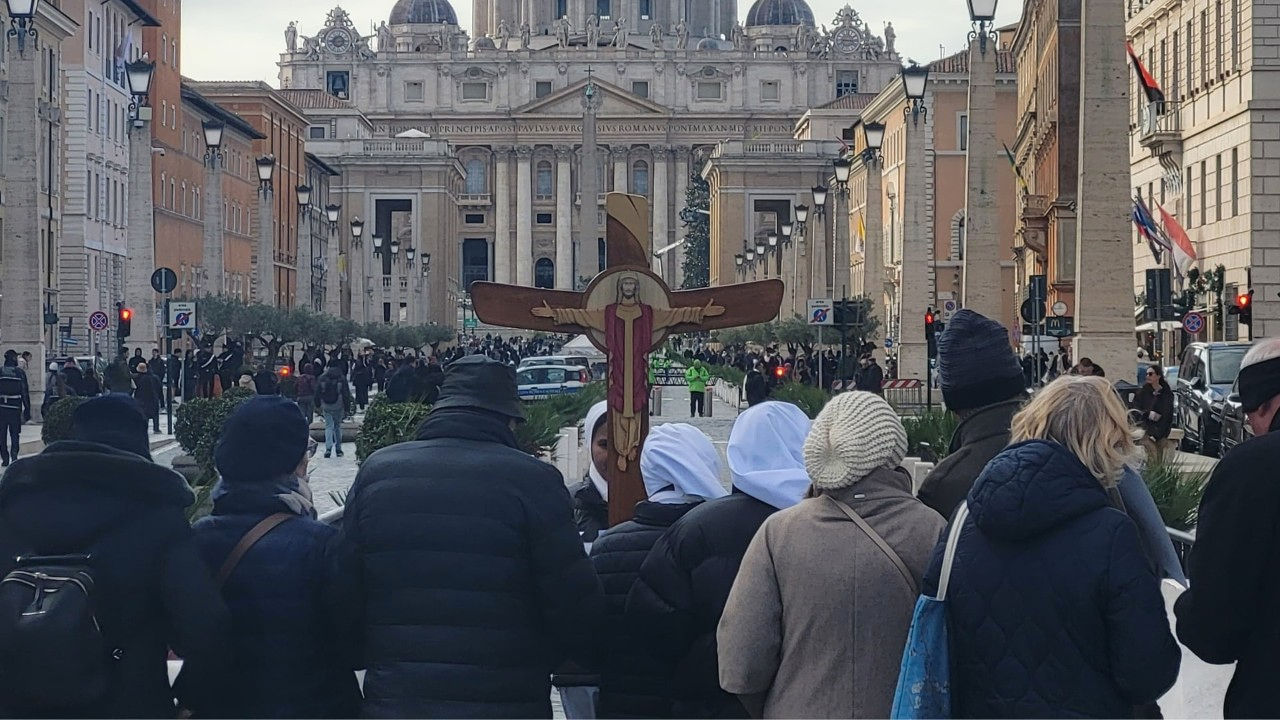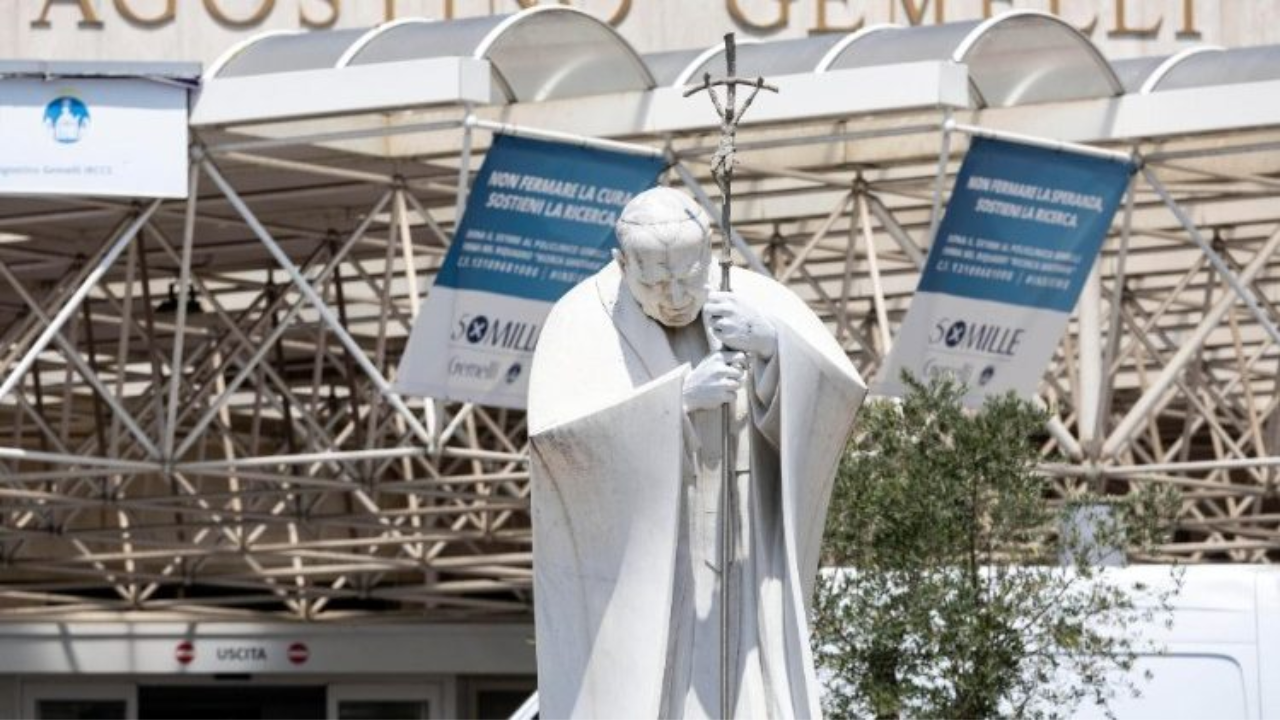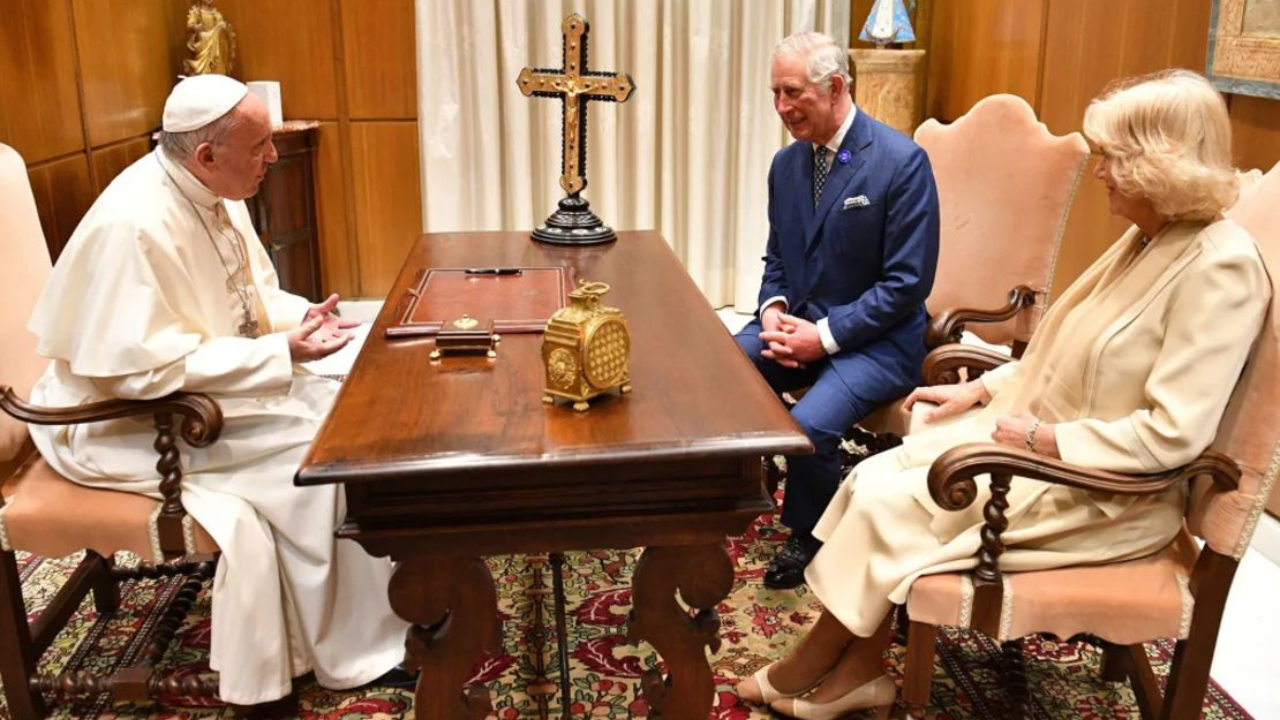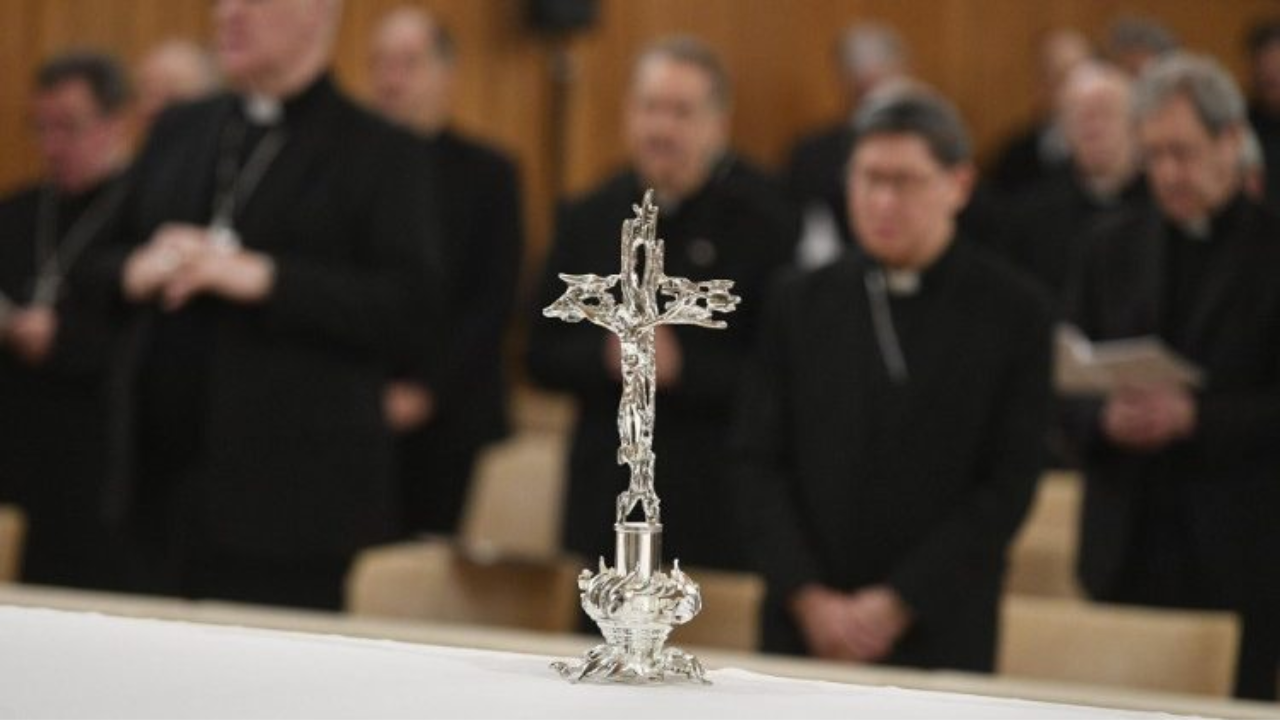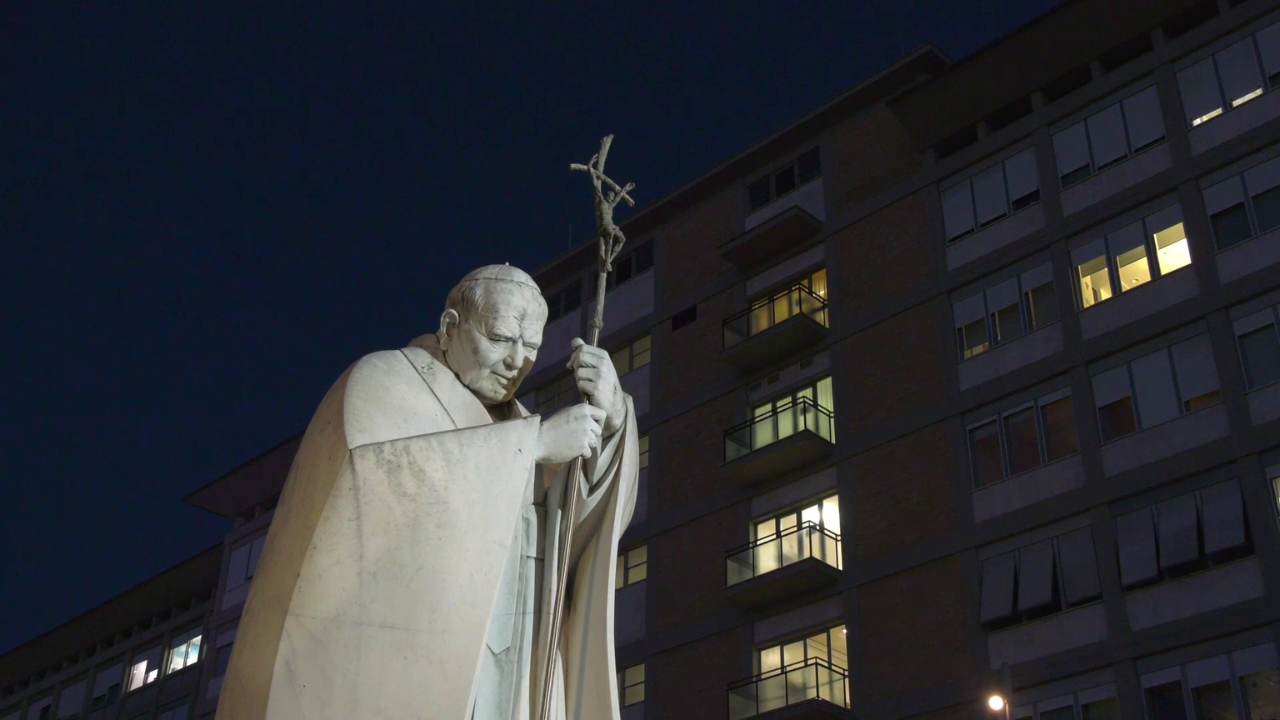Sculptor Jacopo Cardillo made a name for himself at the Venice Art Biennal with his bust of Pope emeritus Benedict XVI in papal clothing. But after his resignation, Cardillo removed the vestments. He called the bust, 'Habemus Hominem,' trying to emphasize the Pope emeritus' humanity.
JACOPO CARDILLO
Sculptor, “Habemus Hominem”
How could I continue to tell the story of a man and his journey with a sculpture that looked like a snapshot of the past?
So I think that the Pope's resignation was like a great work of art because he removed what he didn't need to reach the essence of his true form.
The work received mixed reviews. But the Vatican expressed its gratitude and the Pontifical Academy of Fine Arts awarded Cardillo a prize.
The artist says he was fascinated by the Pope emeritus' intelligence and spiritual depth. For Cardillo, his death was like losing a loved one.
JACOPO CARDILLO
Sculptor, “Habemus Hominem”
When you make a sculpture, you devote hours, days and years of your life looking, thinking, imagining and growing closer to someone. So it's a very intimate relationship.
That person becomes a projection of who you are, so you feel as if you had lost a part of yourself.
Cardillo says that 'Habemus Hominem' came partly from the fact that the original work, 'Habemus Papam,' was rejected by the Vatican. He was originally commissioned to make an institutional sculpture of Pope Benedict XVI. But the Vatican did not like the way he had made the Pope's eyes hollow to represent the depth of his gaze.
That rejection weighed on him for years and, when he had the opportunity, Cardillo decided to make something new from that bust.
JACOPO CARDILLO
Sculptor, “Habemus Hominem”
It's a good lesson. Doing this interview today is also thanks to that rejection.
It's better that way because the artwork has to be like fruit on trees—ready to be picked by someone.
That rejection helped me because it let me destroy my material attachment to that work. Today, I live better because I am more free.
Rather than letting it be a failure, Cardillo used that experience to create a whole new piece of art—one that tells a much more personal story of Pope emeritus Benedict XVI.
RM
TR: KG
